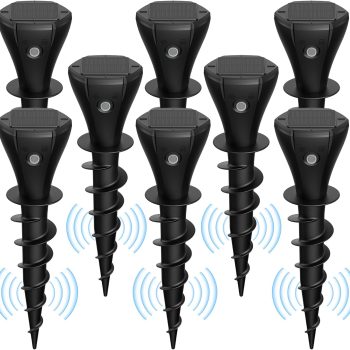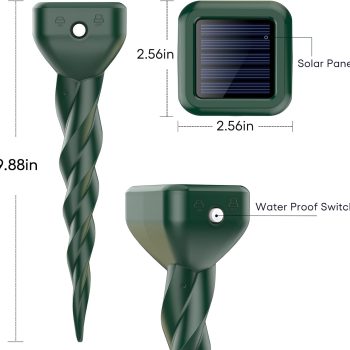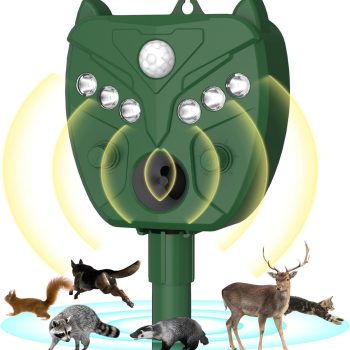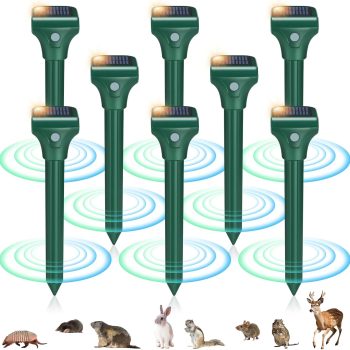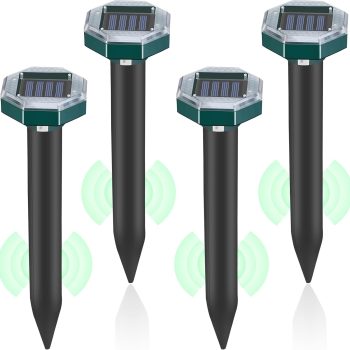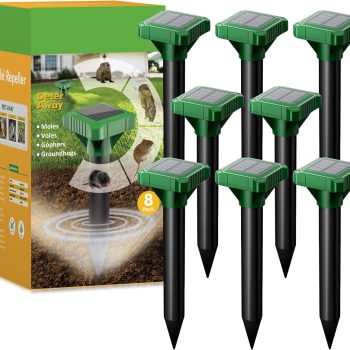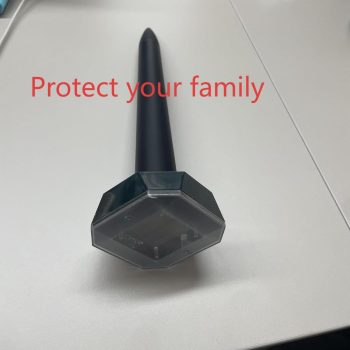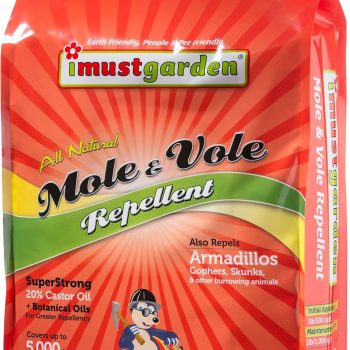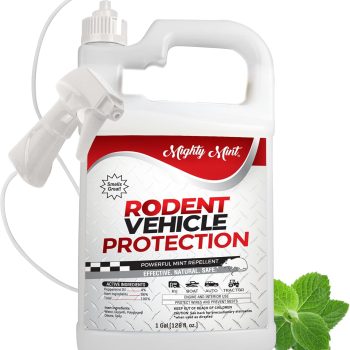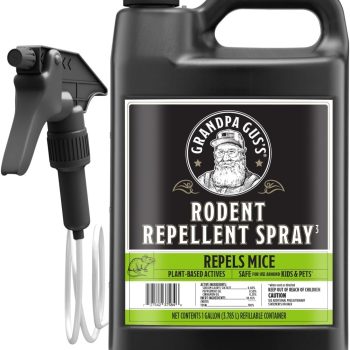How To Trap A Groundhog
Solar Groundhog Repellent
Mole Repellent Solar Powered 8 Pack, Ultrasonic Gopher Repeller IP65 Waterproof, Repels Moles
Choose the Right Trap for Groundhogs
The first step in trapping a groundhog is selecting the correct type of trap. Groundhogs are relatively large animals, so you’ll need a sturdy, medium-to-large live trap, typically around 32 to 42 inches long. Choosing a humane trap that allows you to relocate them after capture is essential safely. Ensure the trap has a sensitive trigger mechanism to catch the animal quickly without injuring itself. Choosing an appropriate trap increases your chances of successfully catching the groundhog.
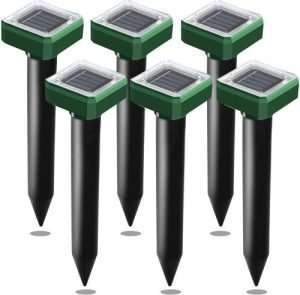
Position the Trap Strategically
After selecting the right trap, you must place it in an optimal location. Position the trap near the groundhog’s burrow entrance or along the path it regularly uses to access your garden or plants. Groundhogs are creatures of habit, so placing the trap in an area where they frequently travel increases the likelihood of capture. Ensure the trap is on level ground to prevent it from tipping over once the animal enters. Additionally, camouflaging the trap with leaves or grass may make it more inviting. Proper placement ensures the groundhog will encounter the trap during its daily routine.
Bait the Trap with Groundhog Favorites
Baiting the trap effectively is the key to drawing the groundhog inside. They are herbivores who prefer vegetables and fruits, so using fresh produce like apples, lettuce, carrots, or sweet corn works well. Place the bait at the back of the trap, beyond the trigger plate, so the groundhog has to fully enter before triggering the door to close. Ensure the bait is visible and smells enticing to the animal. Additionally, spreading a small trail of bait leading into the trap can encourage the them to investigate. Using the right bait entices the groundhog to enter and engage with the trap.
You can effectively trap them by choosing the right trap, positioning it strategically, and baiting it with appealing food. This humane method allows you to relocate the animal without harm, protecting your garden and yard from further damage.

